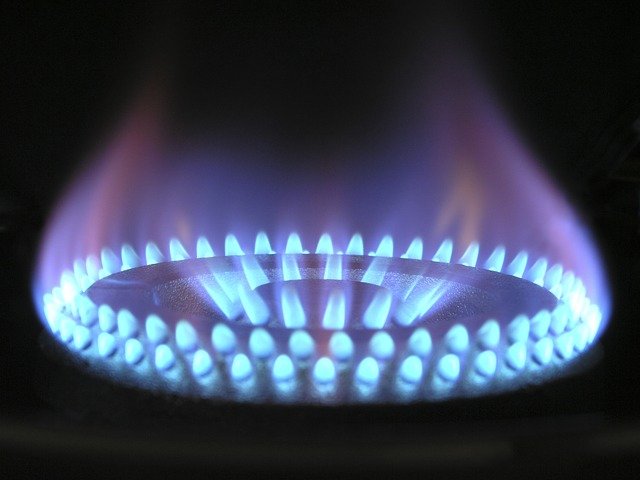Natural gas is the most widely used raw material for the production of heat and electricity. The combustible natural gas therefore also occupies a very special position for investors.
Private investors can invest in ETFs or ETCs, or in the shares of the major producers. Therefore, it is also important for investors to know how natural gas is produced in the first place.
The main producing countries
Similar to crude oil, natural gas is also found in underground deposits, which must first be located. When searching for natural gas, deposits that contain the gas in a very compressed form have priority, because the oil can then be extracted there later with relatively little effort.
In addition to production from pure natural gas fields, the gas is also extracted as a by-product of oil production.
Natural gas can be found all around the globe. However, promotion is not worthwhile everywhere. The USA is an important natural gas producing country. In 2020, production in the U.S. was 914.6 billion cubic meters.
Other important natural gas suppliers are Russia, with a production volume of 638.5 billion cubic meters of natural gas, as well as Iran and China. In Europe, Norway is the largest natural gas producing country with a production volume of around 111 billion cubic meters.
To extract the gas, the production process involves drilling into the reservoirs. In general, natural gas can be extracted in a number of ways. A distinction is made between conventional and unconventional production methods.
Regardless of the production method, the gas is first processed after production before it is finally fed into the transport network.
Conventional natural gas production
In conventional natural gas production, the gas reservoir found is drilled from a surface well site and a riser pipe is installed at its deepest point, through which the natural gas can flow upwards. As a rule, conventional natural gas production involves drilling to depths of 4000 to 6000 meters.
In the course of production, the natural pressure in the reservoir decreases, so that the production rate slowly decreases. In order to maintain the yield as constant as possible and to exploit the deposit as extensively as possible, additional wells are drilled or various techniques are used to increase the pressure.
Unconventional natural gas production
Conventional production methods can only extract gas deposits that are accessible at depths of up to 6,000 meters. To access deeper natural gas deposits, unconventional extraction methods must be used.
On the one hand, special drilling techniques are required, and on the other hand, the natural gas can only be tapped by means of so-called fracking. In this process, a mixture of water and sand, which is mixed with chemicals, is injected at great pressure into the deep rock layers so that they break open and the natural gas can escape.
Although natural gas deposits that would otherwise be inaccessible can be extracted in this way, unconventional natural gas extraction is more than just controversial due to the extremely high environmental risks.








